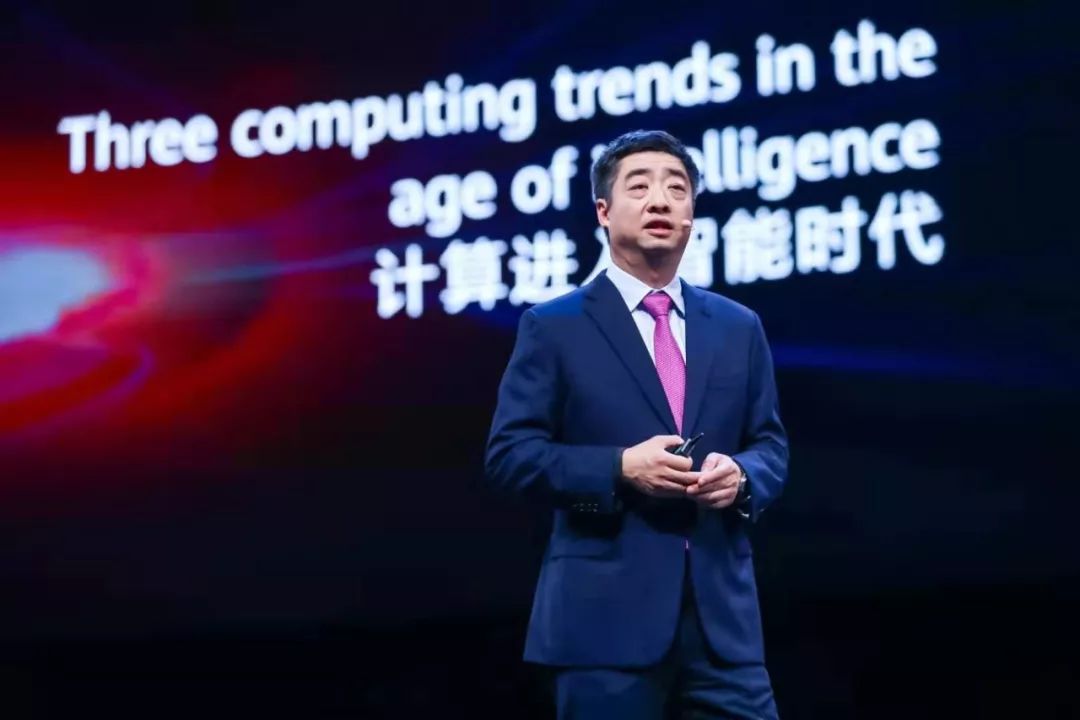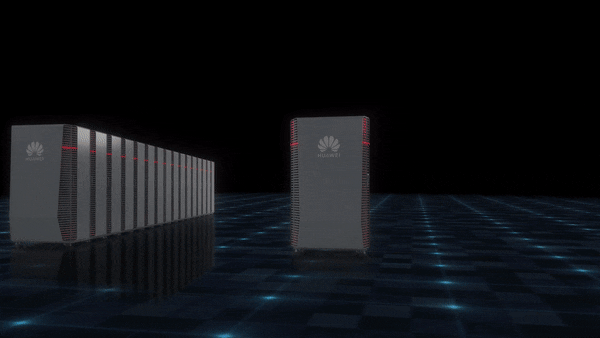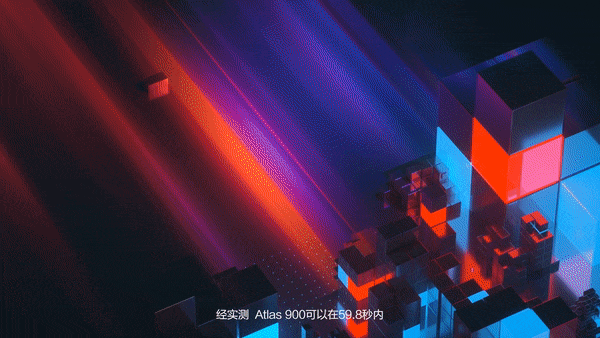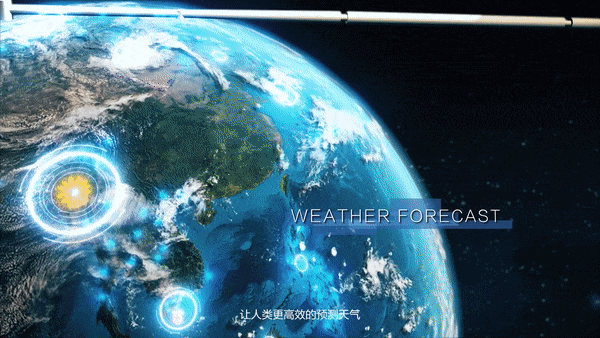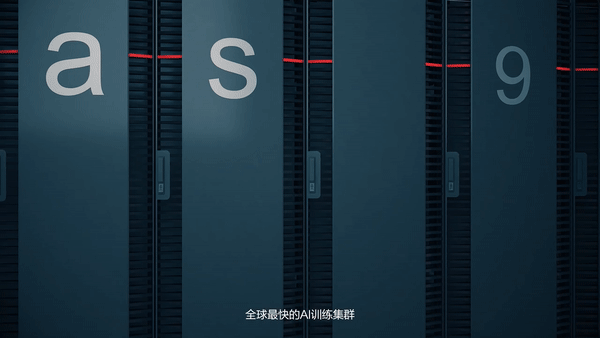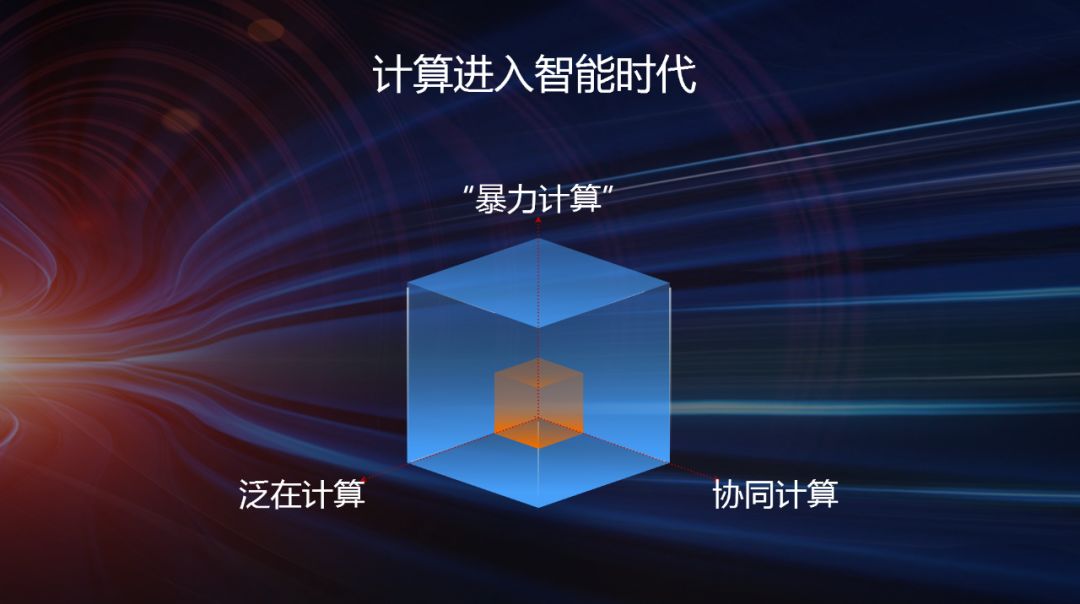Ren Zhengfei’s latest interviews
Editor’s note: This article is from WeChat public account “qubit”(ID:QbitAI), the author Gan Ming Li Gen.
More than 5G and Hongmeng, Huawei’s latest big move, throwing out AI to calculate nuclear bombs.
Just, the fully-connected Huawei conference opened, launching another heavyweight AI product Atlas900.
Before accepting interviews with foreign media, Ren Zhengfei has already announced: This is “the fastest AI platform in the world.”
How fast is the fastest in the world?
Huawei gives data – training ResNet-50only 59.8 seconds.
On the same accuracy, it is 15% faster than the second-ranked player.
Hu Hu, vice chairman of Huawei, said that such calculations can be widely applied to scientific research and commercial innovation, such as astronomical exploration, weather forecasting, autonomous driving, oil exploration and other fields.
At the same time, Huawei also announced that Atlas900’s related cluster services will also be open to global research institutions and universities at very favorable price.
With the release of the product, Huawei also disclosed the overall computing strategy, which is the first time Huawei has publicly disclosed this strategy.
Integrate thousands of computing power AI chips
The Altas 900 is made up of thousands of ascending 910s with a power of 256~1024 PFLOPS@FP16.
The ResNet-50 train used only 59.8 seconds of cluster size, using 1024 Soaring 910.
The performance in the actual application is also very bright. In the astronomical field, the traditional 169-day mission can be shortened to 10 seconds 02.
The rising 910 chip debuted at the full-connect conference last year. It was officially commercialized in August this year. It is the world’s third and the first AI training chip in China.
The Shengteng 910 adopts Huawei’s self-developed DaVinci architecture, which is known as “the most powerful AI processor”. The 7nm process technology has a maximum power consumption of 350W and a measured 310W.
The chip is also very clear. Directly on the standard Weida Tesla V100, the main training scene for deep learning, the customer is oriented to AI data scientists and engineers.
How powerful is the chip? Huawei also gave data on “hanging” friends:
Under the same power consumption, the computing power of the Soaring 910 is twice that of the V100. The training speed is faster, and the time required for the user to obtain the training output will be shorter. In the typical case, compared to the V100, the calculation speed of the Shengteng 910 can be increased by 50%-100%.
With the release of Altas 900, Huawei’s computing layout was officially completed and entered the stage.
How will Huawei land? How to drive the landing? Huawei is now fully escorting.
Huawei’s Computing Strategy First Disclosure
Overall, Huawei’s computing strategy is centered on “chips” and is divided into four parts, including chip technology, overall planning, business strategy and ecological construction:
First of all, it is architecture innovation.
The core is oriented to investment-based research, such as the Da Vinci architecture, which focuses on solving the architectural challenges of full-scenario intelligence.
Secondly, it is the full scene chip, which is the processor family.
At present, Huawei has a total of four major chip series, including the Kun Peng series for general-purpose computing, the rising series for AI, the Kirin series for smart terminals, and the Hongjun series for smart screens.
Hu Houkun said that there will be a series of processors in the future for more scenarios.
The third is a business strategy, something is wrong.
Huawei has once again defined its chip business model, hardware open, software open source, enabling application development and migration.
But the chip is not directly sold to customers, in the form of cloud services and components to customers, giving priority to supporting partners to develop the whole machine.
Finally, build a development ecosystem.
In this step, Huawei advocates opening up and updating the fertile soil plan. The goal is to invest 1.5 billion US dollars in the next 5 years to bring together 5 million developers to enable global partners to develop applications and solutions. .
Behind these are new business opportunities and more space. Huawei is no longer a supplier of sales communication equipment.
Hu Houkun’s opening emphasizes that Huawei was previously recognized as a “connected”, but new opportunities are facing new opportunities in the new era. Huawei is now facing the smart industry and creating a grand blueprint from connectivity to computing.
How does Huawei see the future?
Not just the release strategy, Hu Houkun also revealed the logic behind it and gave a prejudgment.
He said that as computing models continue to evolve, machine-oriented computing has become mainstream.
But now, computing is entering the era of intelligence, which has three major characteristics: violent computing, ubiquitous ubiquitous computing from the center side, to the end side, and collaborative computing with efficient edge-to-edge cloud linkage.
The best solution is to violently calculate at the central node, train the generic model, and personalize the deployment at the edge.
However, there are still many difficulties in achieving this plan, such as the new architecture that can support intelligent computing in the whole scene. This is a huge challenge for the development of the computing industry at present, and it is also a huge opportunity.
How big is it?
Hu Houkun quoted Gartenr’s report that the total space of the global computing industry is $2 trillion.
In his view, this is a big blue ocean. Huawei will firmly invest in the computing field and push forward.
Responding to the blown cattle: AI landing progress
At the scene, Huawei also gave a reply to the cattle that were blown down last year.
In the 2018 full-connect conference, Huawei released a full-stack full-scenario AI strategy, and computing is the cornerstone and core of this strategy.
Today, Hu Houkun replied with a mentality and handed over a one-year transcript: August

